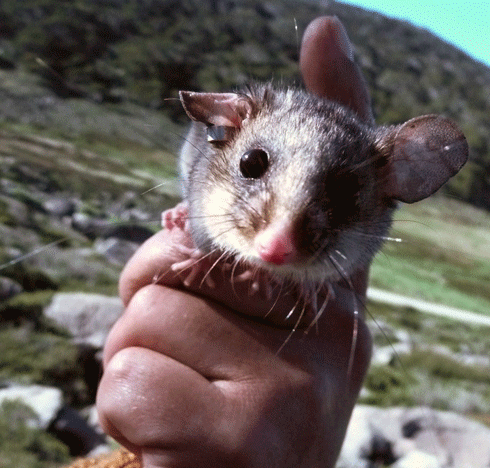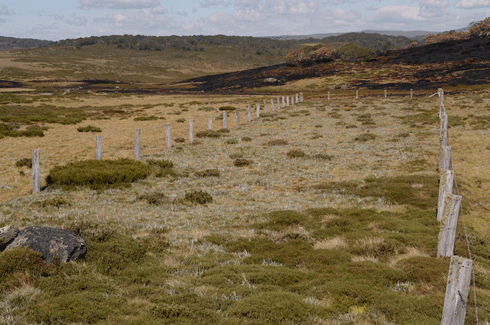
|
Published: 10 September 2012
Sixty years of patience pays off for alpine ecologists
Australia’s alpine ecosystems are vulnerable to the changing patterns of climate, fire and land-use predicted for the coming century. Monitoring these changes and managing the land sustainably will require detailed knowledge of baseline ecosystem structure and function – insights that we now have, thanks to decades of persistent ecological monitoring.
Ecologists have been building up a network of long-term ecosystem monitoring sites in the Australian Alps since the 1940s. Today, the monitoring of these sites is supported through the Long-Term Ecosystem Research Network, a sub-facility of the Terrestrial Ecosystem Research Network (TERN).
TERN participating scientist, CSIRO’s Dr Dick Williams, has been working on the alpine monitoring sites for 32 years. He believes that long-term monitoring will always be vital ‘for increasing our understanding, anticipating change and managing the alpine environment for sustainability’.
‘The understanding gained from this research has also highlighted its limitations,’ he adds. ‘Sixty years is a short time in the Alps, and there are still many things we don’t understand.’
Dr Williams points out that the 60 years of research documenting the unique character of alpine vegetation influenced the establishment of conservation reserves such as Kosciuszko National Park in NSW, and the Alpine National Park in Victoria. Likewise, he says, the TERN data will continue to inform national park management in the coming decades.
‘We’ve learned a lot about vegetation dynamics, and the distribution, population structure and reproduction of important species, such as the rare and endangered mountain pygmy possum.’
The mountain pygmy possum (Burramys parvus) is an iconic alpine species listed as endangered under both commonwealth and state legislation. Monitoring data indicate that Burramys is surviving in the alpine landscape, and populations appear to be recovering after the 2003 Victorian fires.
In fact, data on the population and breeding biology of Burramys have been used to direct major conservation management programs in and around ski resorts – for example, Mt Buller and Mt Hotham – for over two decades.
Data from the long-term monitoring sites also provide clear answers to questions about the impacts of disturbance on alpine ecosystems. Cattle grazing and its cessation, for example, have both had profound effects on this environment.
Long-term monitoring has shown that cattle grazing changes species composition, alters ecosystem dynamics, and degrades plant communities – for example, by reducing the abundance of palatable herbs, such as species of Craspedia and Celmisia. As a consequence, grazing of sheep and cattle has been gradually phased out of most alpine areas.
‘Where grazing has ceased, we have been able to document recovery of all major alpine ecosystems – grasslands, herb fields, heathlands and wetlands,’ says Dr Williams.
He adds that long-term plots have also been established to look at post-fire regeneration.
‘Alpine vegetation has proved remarkably resilient to the 2003 fires. We would not have been able to come to this view so quickly were it not for the long-term plots.’
The long-term plots have also been valuable for interpreting changes seen in a recent warming experiment undertaken on the Bogong High Plains over the past decade, as part of the International Tundra Experiment.
‘This network of plots and experiments will allow us to look at how climate change, fire and past grazing interact,’ says Dr Williams.
‘Our predictions are that the more healthy and otherwise undisturbed an ecosystem is, the better it’s going to be able to recover from future changes to climate and fire regimes.
‘The long-term perspective the plots provide is vital if we are to devise appropriate conservation management strategies for alpine landscapes for the next century.’
© TERN 2012. This is an edited version of an article first published in the TERN e-newsletter, August 2012. Reproduced with permission.





